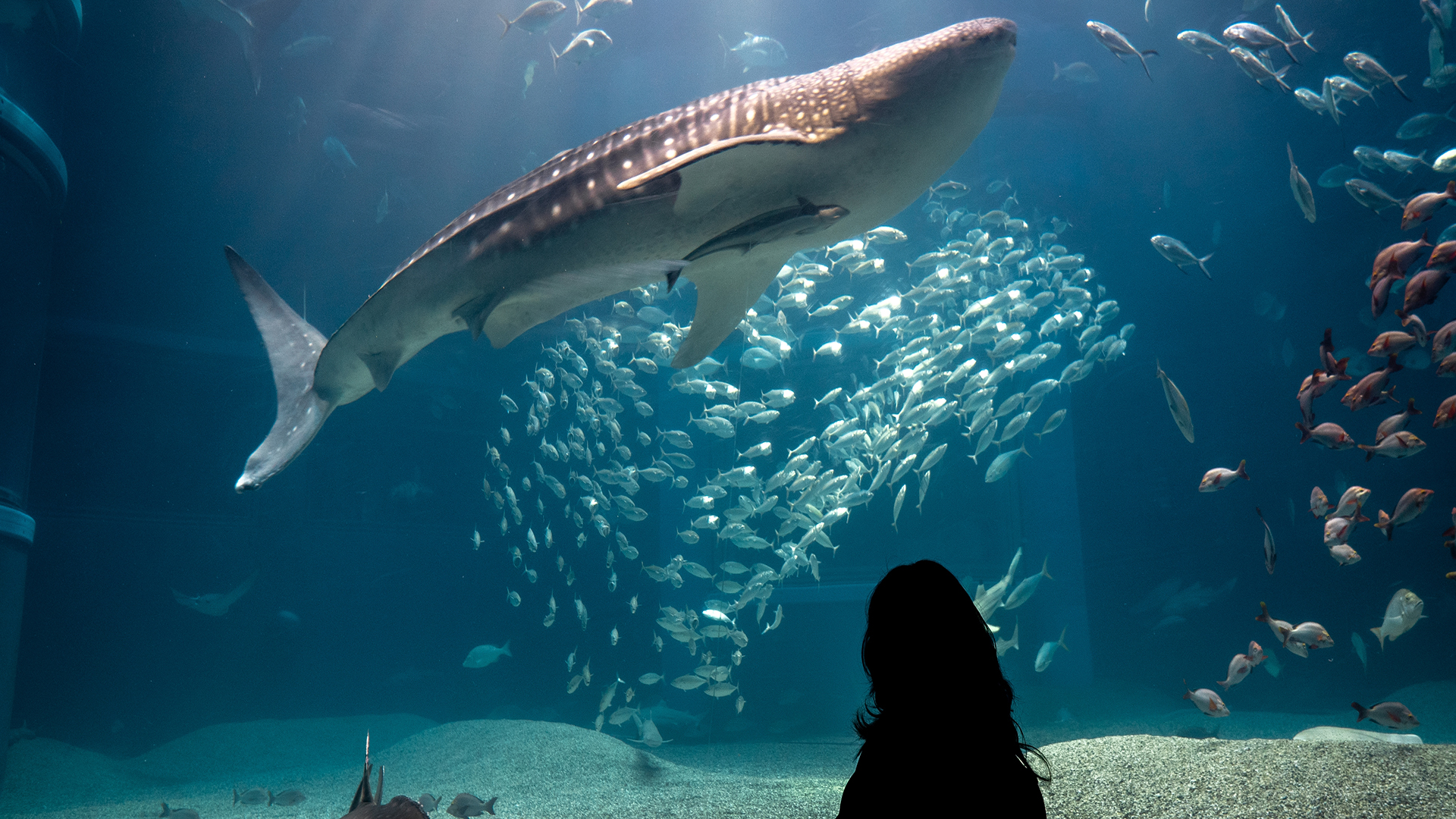When you think of fish, your mind probably goes straight to a tiny goldfish swimming lazily in a bowl, a shimmering salmon filet at your favorite seafood restaurant, or maybe even a hefty tuna at the market.
But what if I told you that some fish out there are so massive, they could give your family SUV a run for its money? That’s right – our oceans, rivers, and lakes are home to absolute aquatic giants that can tip the scales at weights far beyond what you’d expect from anything swimming around.
We’re talking fish so huge they weigh more than some trucks and buses! Some of these behemoths play key roles in their ecosystems, while others have inspired myths, legends, and even the occasional fisherman’s tall tale.
Whether they’re gentle giants or deep-sea predators, these oversized swimmers have captured the imagination of scientists, anglers, and ocean lovers for generations. So, strap on your snorkel and let’s dive into the wild world of fish that weigh more than a car.
Spoiler alert: The underwater heavyweights you’re about to meet might just change how you see the fish world forever!
1. Ocean Sunfish – Mola Mola
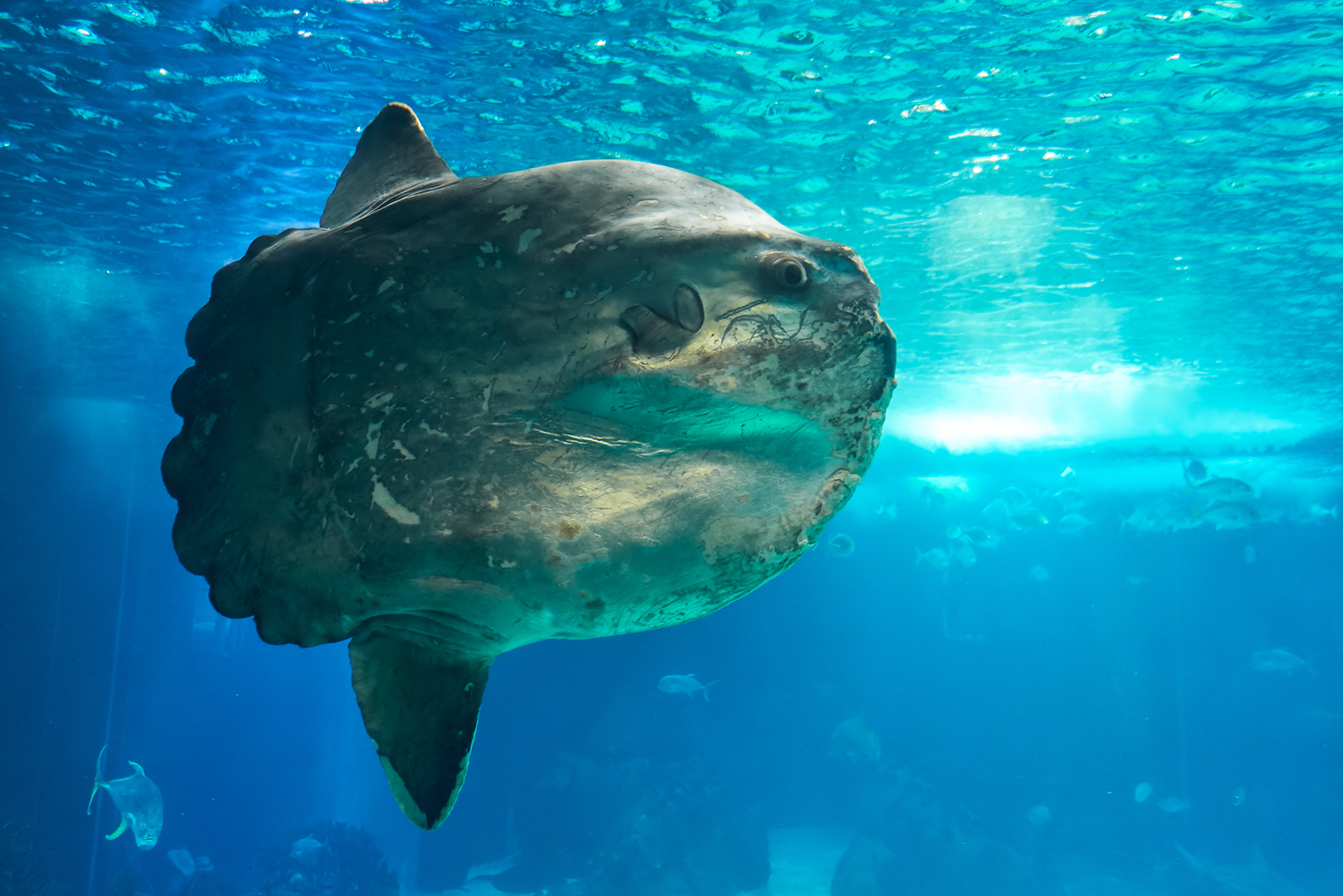
Meet the ocean sunfish, a bizarre yet fascinating behemoth of the deep that redefines what it means to be massive. Often described as a swimming pancake due to its flattened, disc-like shape, this colossal creature can tip the scales at 5,000 pounds or more – that’s heavier than a small SUV and almost as wide!
The sunfish’s unusual appearance, with its tiny, beak-like mouth and truncated body, has earned it the nickname “the swimming head.” But don’t let its awkward look fool you – this fish is surprisingly graceful, often drifting near the ocean’s surface, where it basks in the sunlight (hence its name).
Despite its size, it’s a gentle giant, feeding mainly on jellyfish and plankton. Interestingly, the sunfish holds the title of the heaviest bony fish on the planet. Its sheer bulk and odd shape make it a favorite among divers and oceanographers, too!
2. Giant Freshwater Stingray
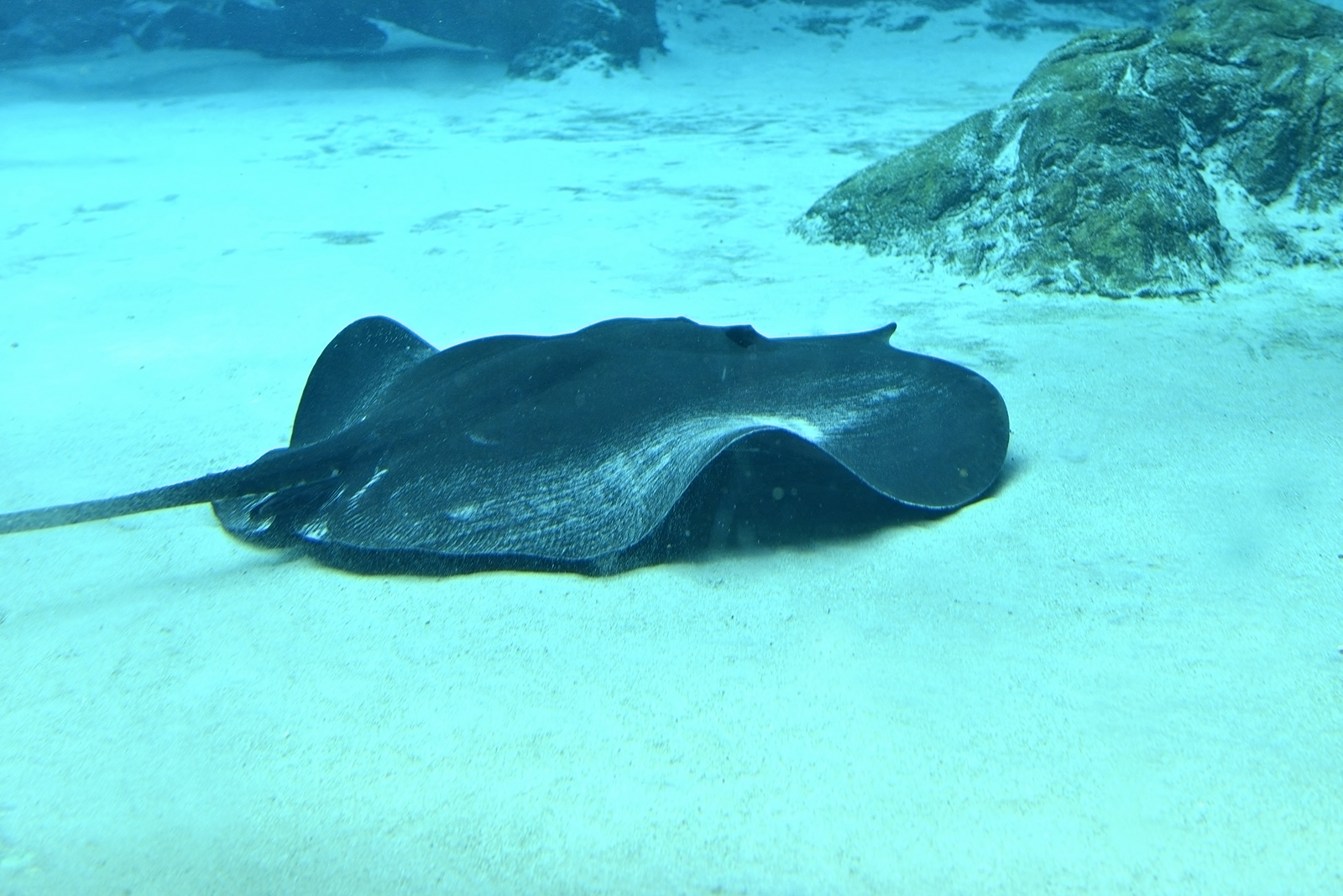
The giant freshwater stingray is a living legend of the riverbeds! Found in the murky waters of Southeast Asia, this freshwater marvel can weigh an astonishing 1,300 pounds or more and stretch up to 14 feet across, making it larger than some compact cars!
Its vast, flat body gives it a UFO-like appearance as it glides just above the riverbed, while its long, whip-like tail is armed with a venomous barb capable of delivering a powerful sting.
The giant freshwater stingray is surprisingly elusive, often buried beneath the silt and mud, making it a rare sight for researchers and locals alike. What makes this species even more mysterious is how little we know about it!
Scientists are still working to understand its behaviors, breeding habits, and population status. Unfortunately, this gentle giant faces significant threats from habitat loss and overfishing. That’s why conservation efforts aimed at protecting its dwindling numbers are underway!
3. Atlantic Bluefin Tuna
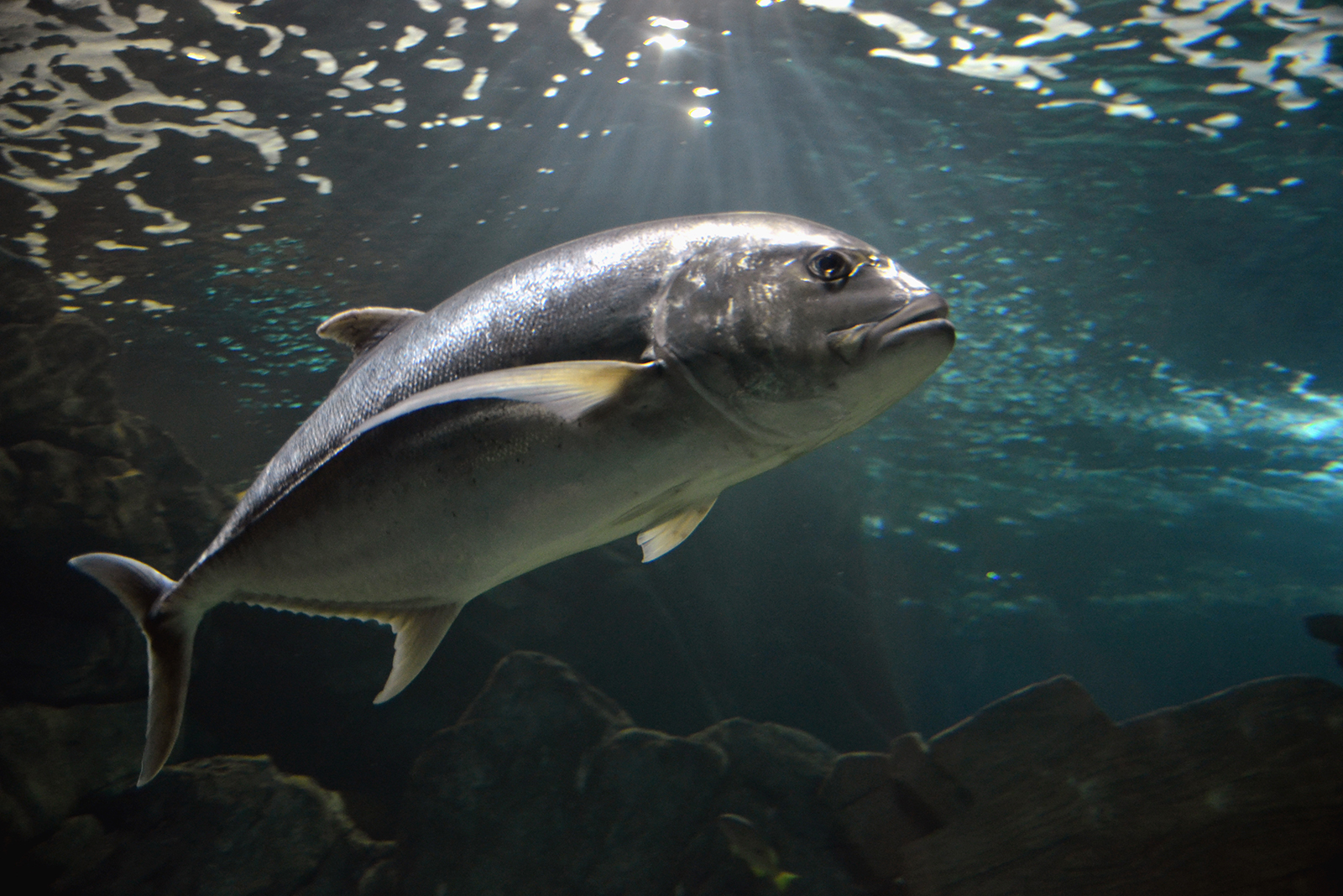
The Atlantic bluefin tuna is quite a powerhouse, a living torpedo built for both speed and strength! These powerful swimmers are prized in the seafood industry and can tip the scales at an astonishing 1,500 pounds, easily rivaling the weight of a small truck!
Known for their unmatched stamina and strength, bluefin tuna are true marvels of muscle, often swimming across entire ocean basins during their migrations. Their streamlined, torpedo-shaped bodies, paired with retractable fins, make them capable of reaching speeds of up to 40 miles per hour.
But it’s not just their athleticism that makes them legendary – the bluefin tuna is also one of the most valuable fish in the world. High-end sushi markets, particularly in Japan, have paid millions for a single bluefin tuna due to the fish’s tender, marbled flesh.
However, this fame comes with a cost. Overfishing driven by their market value has significantly reduced wild populations, sparking global conservation efforts to protect this magnificent species and prevent further decline!
4. Beluga Sturgeon
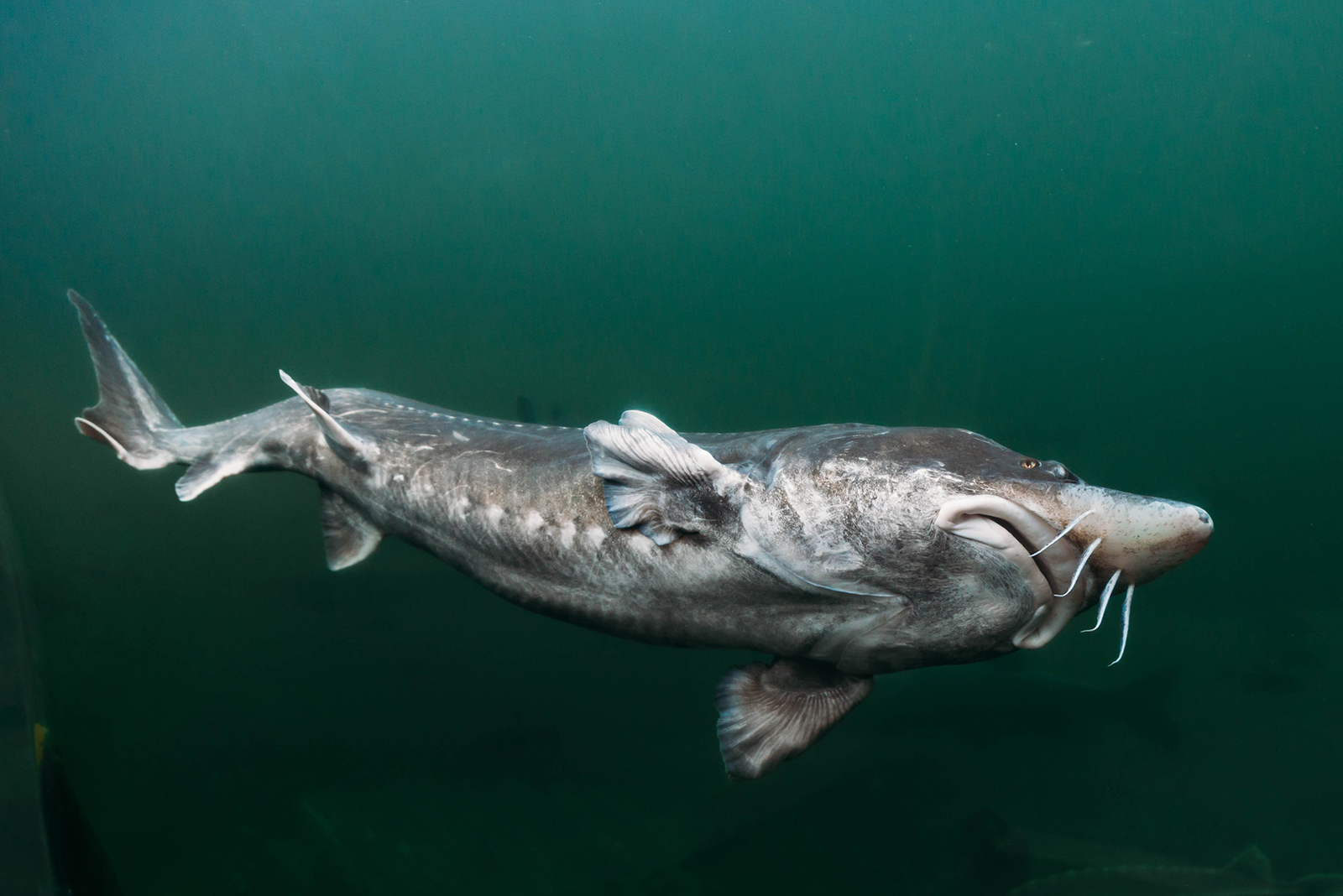
The beluga sturgeon is as ancient as it is massive – one of nature’s living fossils, straight out of prehistory. This river-dwelling titan can reach a jaw-dropping 3,500 pounds, heavier than a family minivan, and grow over 20 feet long!
Primarily found in the Caspian and Black Sea basins, the beluga sturgeon’s appearance is just as remarkable as its size. With its long, torpedo-shaped body, bony armor-like scales, and an extended snout perfect for bottom-feeding, it looks like a creature frozen in time!
But what truly sets this prehistoric giant apart is its role in producing one of the world’s most expensive delicacies – beluga caviar. The roe from these massive fish has been considered a luxury item for centuries, often fetching astronomical prices.
Unfortunately, this demand has fueled extensive poaching and overfishing, pushing the beluga sturgeon onto the critically endangered species list. Conservation efforts are now crucial to protect this ancient giant from disappearing forever!
5. Great White Shark
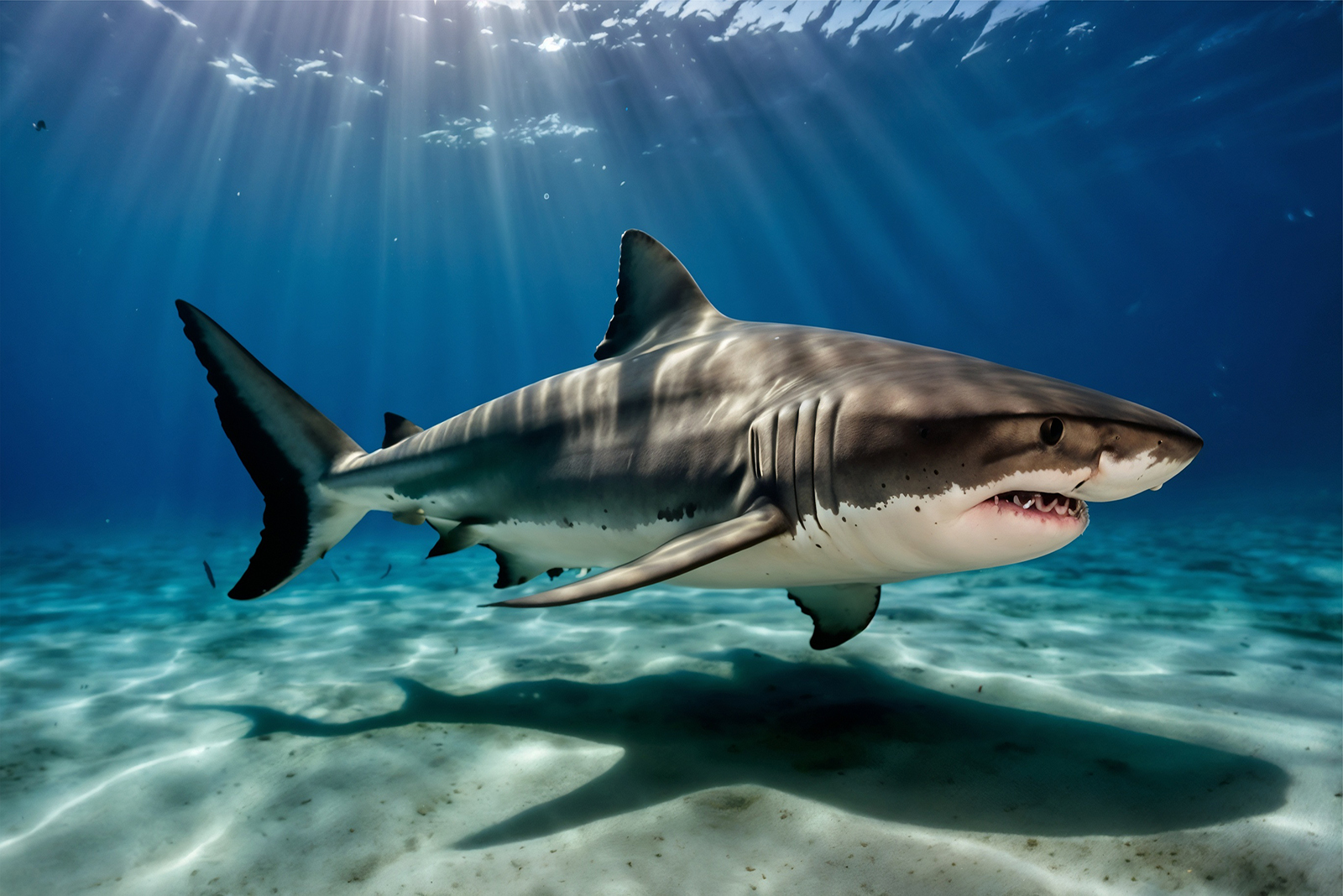
The great white shark is the apex predator that has ruled the seas for millions of years, inspiring both awe and fear in equal measure. Some individuals have been recorded weighing over a staggering 5,000 pounds – that’s heavier than a full-size pickup truck! This measuring system is quite fun!
Towering at lengths of up to 20 feet, this colossal fish is built for power, with its torpedo-shaped body, serrated teeth, and incredible bite force designed to take down prey with bone-crushing efficiency.
Their primary targets? Seals, sea lions, and large fish, which they ambush from below with explosive bursts of speed. Despite their fearsome reputation, largely amplified by pop culture (thanks, Jaws), great whites are not mindless hunters but highly intelligent animals with complex behaviors!
Fascinatingly, much about their life cycle and migratory patterns remains a mystery. They’re vital for maintaining healthy ocean ecosystems, keeping prey populations balanced. However, their numbers are declining due to overfishing, accidental bycatch, and the demand for shark fins. We really like to overdo it, don’t we?
6. Mekong Giant Catfish
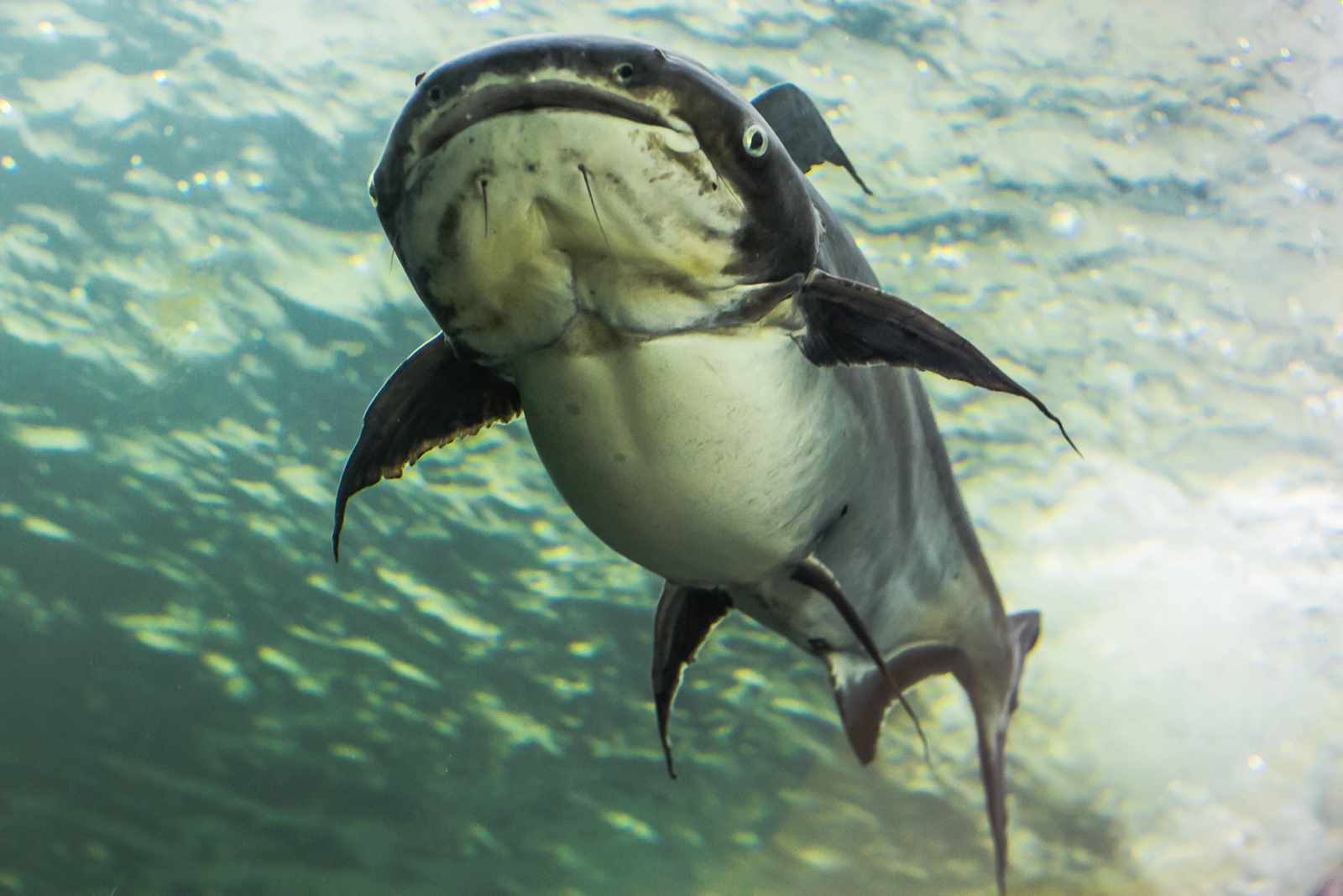
The Mekong giant catfish is a true river titan! An ancient, gentle giant that quietly patrols the waters of Southeast Asia’s Mekong River. This freshwater colossus can weigh more than 650 pounds, with historical accounts even reporting specimens exceeding a staggering 1,000 pounds – making it heavier than many compact cars!
Measuring up to 10 feet long, this massive fish has a smooth, scale-less body and a wide, flat head, giving it a prehistoric appearance. Despite its size, the Mekong giant catfish is a complete pacifist, feeding exclusively on algae and plants, making it one of the largest herbivorous fish on Earth!
Its impressive size and peaceful nature have turned it into a cultural icon in Southeast Asia, where it is often associated with myths of river spirits and abundance. Unfortunately, this gentle river giant faces serious threats.
Again, we don’t learn! It’s the same story of overfishing, habitat destruction from dam construction, and pollution, which have caused its population to plummet, pushing it to the brink of extinction.
7. Whale Shark
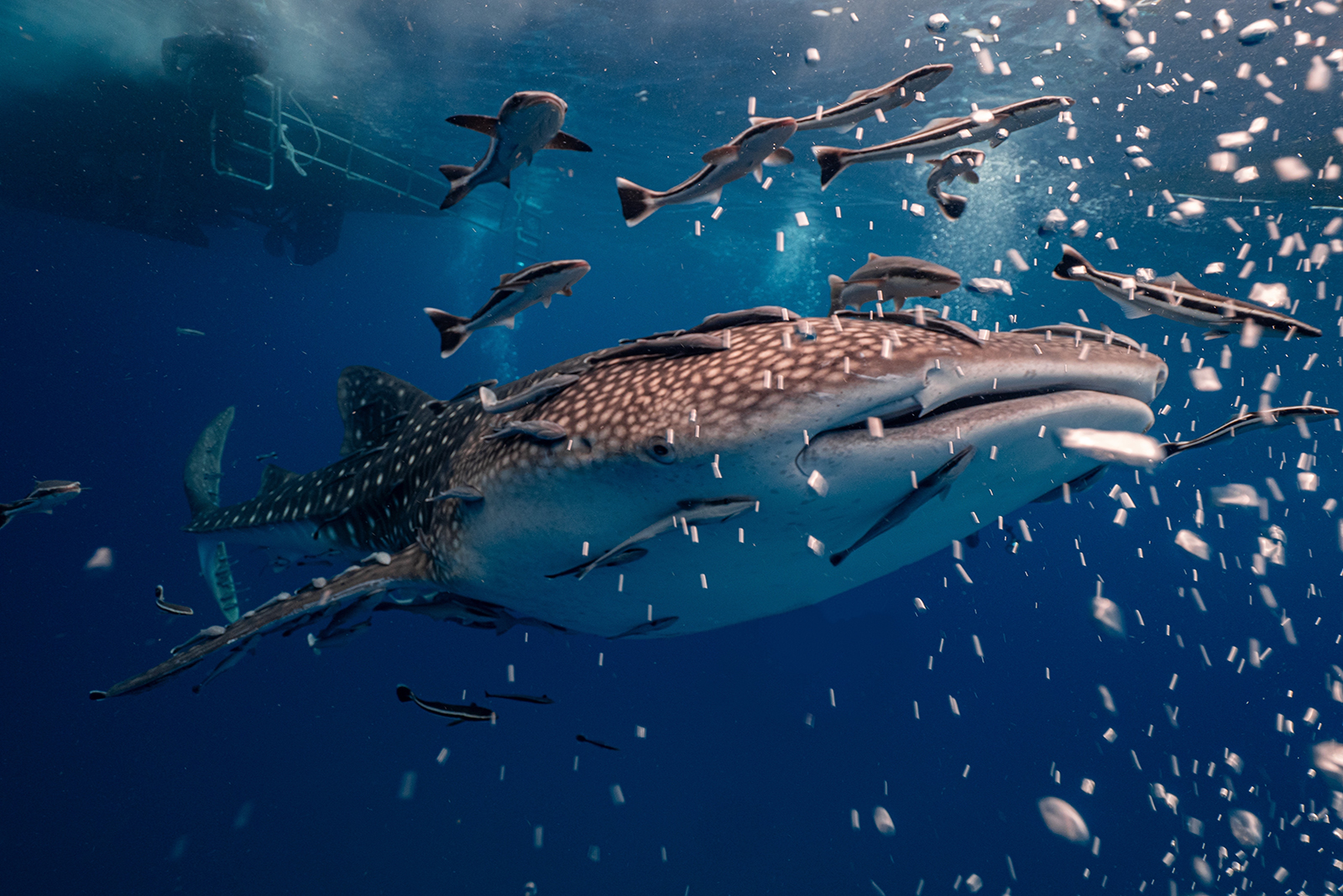
The whale shark is the undisputed heavyweight champion of the fish world, holding the crown as the largest fish species to ever grace our oceans. Weighing in at a mind-blowing 40,000 pounds, this gentle giant outweighs not just cars but entire buses!
Stretching up to 40 feet long, the whale shark glides gracefully through tropical and warm oceans, often cruising near the surface with its massive, gaping mouth open wide.
This behemoth is a filter feeder, meaning it dines on some of the smallest creatures in the ocean. Plankton, small fish, and tiny crustaceans make up the bulk of its diet as it filters thousands of gallons of seawater every hour!
What makes the whale shark even more spectacular is its distinctive pattern of pale spots and stripes, unique to each individual, like a human fingerprint! Despite their impressive size, these sharks are known for their calm, docile nature, making them a dream encounter for divers!
Swimming alongside a whale shark is a breathtaking experience, as they move with slow, majestic grace. Sadly, whale sharks face threats from habitat destruction and the global demand for their fins. Man, can we stop?
8. Greenland Shark
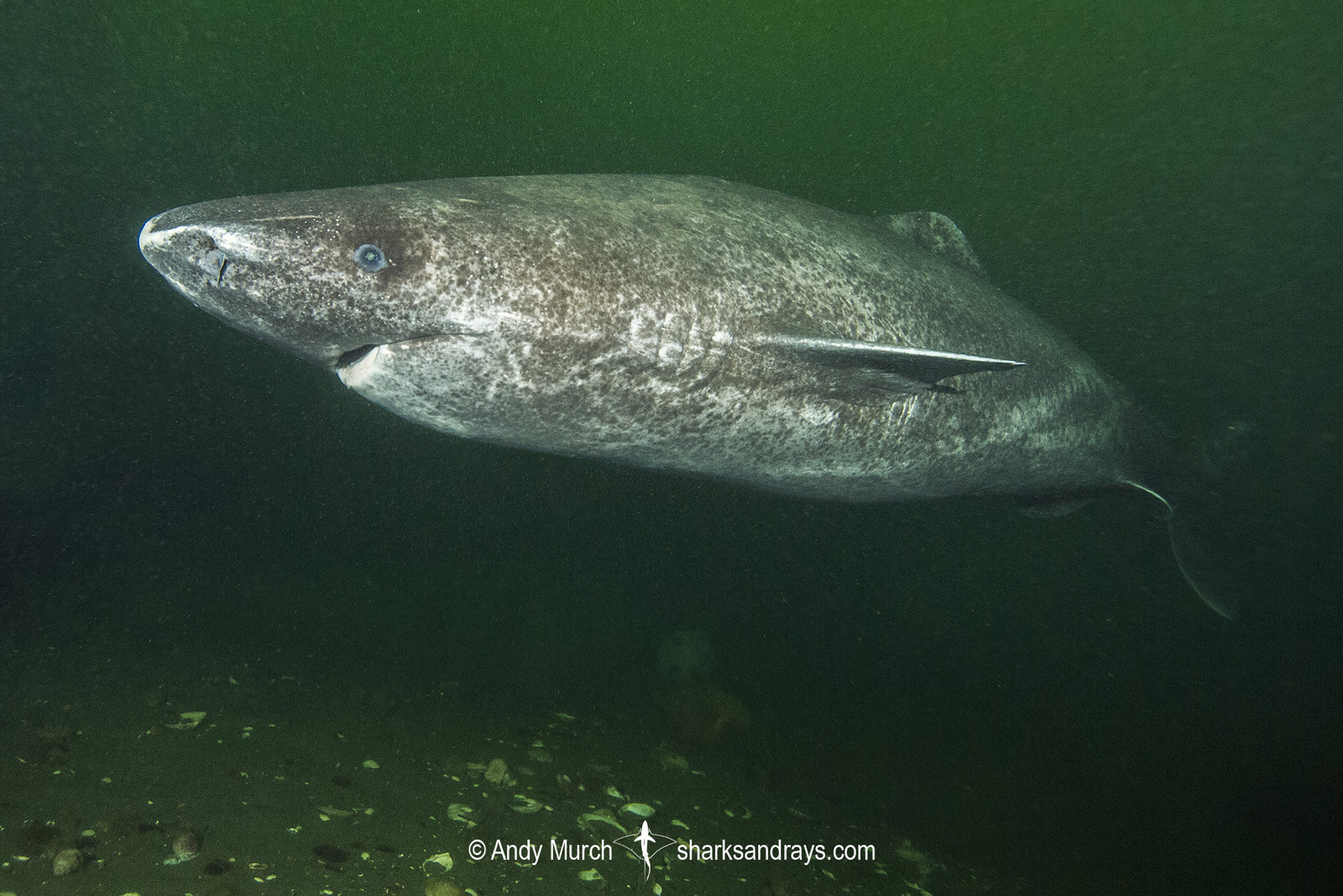
The Greenland shark is a mysterious titan lurking in the frigid depths of the North Atlantic. This slow-moving giant can grow to over 24 feet in length and weigh a staggering 2,200 pounds, or in car measuring units, comparable to a large SUV!
But what truly sets the Greenland shark apart isn’t just its size; it’s the fact that it may be the longest-living vertebrate on Earth. Scientists estimate these ancient sharks can live well over 400 years, with some estimates suggesting they could be as old as 500!
Imagine a creature swimming silently in the icy darkness before the founding of the United States! Mind-blowing, right? Part of what allows them to reach such extreme ages is their incredibly slow metabolic rate and low activity level, as they drift almost lazily through the deep, scavenging for fish, seals, and even carrion.
All in all, much about these deep-sea giants remains a mystery. Since they inhabit such remote, cold environments, sightings are rare, and studying them poses significant challenges. What we do know is that they help their ecosystems!
9. Arapaima
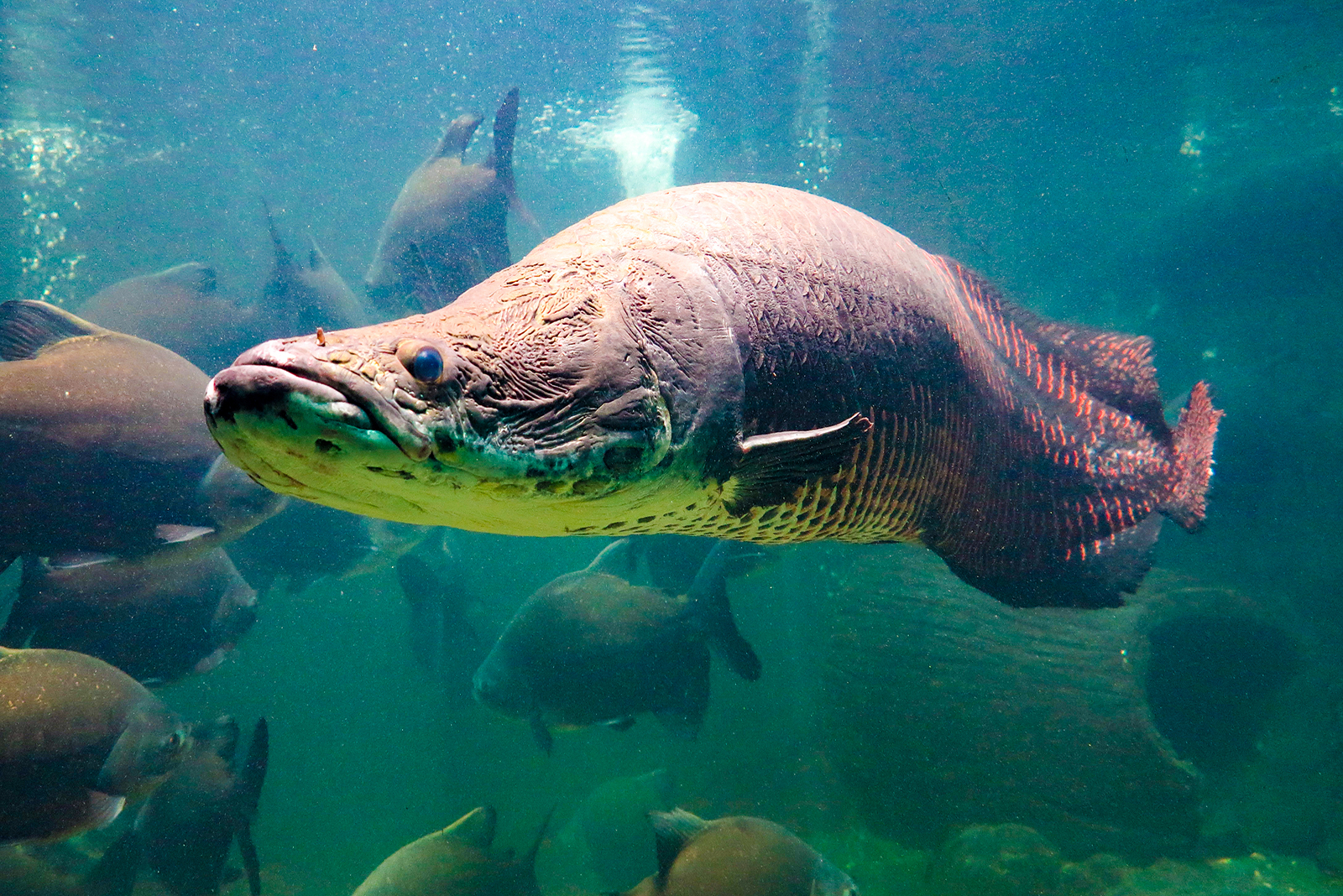
The arapaima, also known as the pirarucu, is a true Amazonian river monster, an ancient air-breathing fish that seems to have swum straight out of prehistory.
Native to the Amazon River basin, this colossal predator can reach an impressive length of over 10 feet and weigh up to a jaw-dropping 485 pounds!
Historical records suggest that even larger specimens once roamed these waters, some rumored to have surpassed 500 pounds, making them heavier than a standard motorcycle!
But the arapaima’s size isn’t its only fascinating trait – this fish can actually breathe air! Equipped with a modified swim bladder that functions almost like a lung, the arapaima surfaces regularly to gulp air, a crucial adaptation for surviving the oxygen-poor waters of the Amazon.
Its shimmering, armor-like scales offer protection from piranha attacks, while its ancient lineage dates back to the Miocene epoch, making it a living fossil. The arapaima feeds primarily on smaller fish and crustaceans, striking with a powerful suction motion that vacuums prey into its mouth!
Sadly, and again (sighs in disappointment at humanity), overfishing and habitat destruction threaten its population, prompting conservation efforts to protect this extraordinary giant and the delicate Amazon ecosystem it calls home.
10. Sawfish
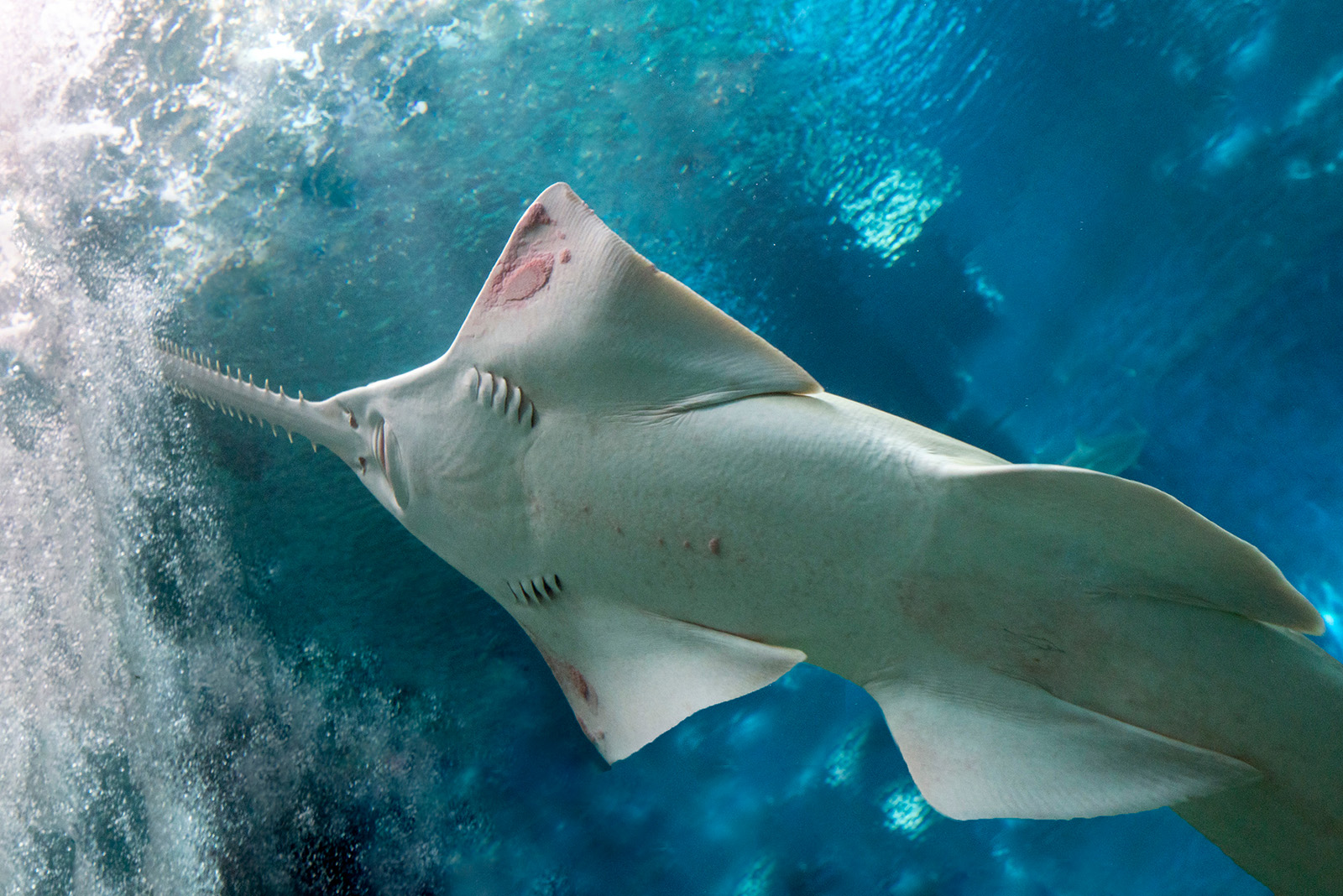
Rounding out this list is the sawfish, a bizarre, ancient, and critically endangered species that looks like something straight out of a marine horror movie!
With its long, tooth-studded snout, known as a rostrum, this fish uses its unique “saw” to slash through schools of fish, stunning or injuring prey before gobbling it up.
Some sawfish can grow to lengths exceeding 20 feet and weigh up to an astonishing 2,200 pounds. In car units, heavier than many family vehicles! This distinctive predator, often mistaken for a shark due to its flattened body and dorsal fins, is actually a type of ray!
Its incredible size and specialized weapon make it an apex predator in the shallow coastal waters and estuaries where it prefers to hunt. However, that impressive saw also makes it highly vulnerable to entanglement in fishing nets, and due to habitat loss and overfishing, populations have plummeted.

